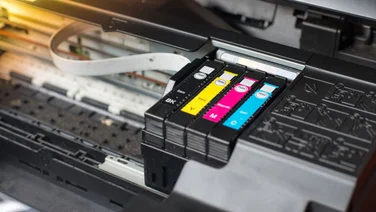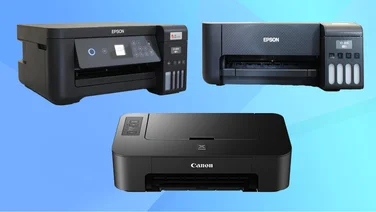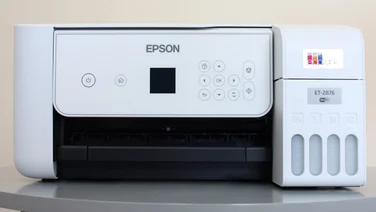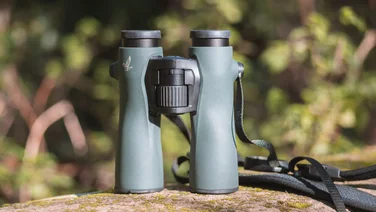To help us provide you with free impartial advice, we may earn a commission if you buy through links on our site. Learn more

The ST50 is the first model in Samsung’s new range of ultra-slim cameras. At just 16.6mm from front to back, the stainless steel body is little bigger than most mobile phones and looks gorgeous. Judging by Samsung’s product brochure, this camera is aimed at women who are more interested in discovering their identity than worrying about image quality. OK, it’s easy to mock, but a camera won’t help anyone express their true personality unless it makes it easy to take great pictures. It gets off to a good start with a redesigned menu that’s much simpler than those of previous Samsung cameras. The downside is that features such as ISO speed and continuous drive are difficult to access, but that’s fine on a point-and-shoot camera. An illuminated Smart button activates a fully automatic mode that’s similar to Panasonic’s Intelligent Auto. It analyses the subject and automatically switches between 11 scene presets such as Macro, Portrait and Backlight, optimising the settings without any user intervention. An onscreen icon changes to show when a scene has been recognised. Samsung is so confident of its Smart Auto mode that it has done away with normal scene presets altogether. Fortunately, we found that it performed extremely reliably, not only in exceptional circumstances such as backlit portraits but also for general indoor shots without the flash. Previous Samsung cameras have used inappropriate settings in low light, leading to blurred photos. The ST50 showed a vast improvement, limiting the shutter speed to 1?15s or faster and using ISO speeds up to 800. However, it did this only when Smart Auto was enabled; without it, the camera resorted to the bad habits of older models, using shutter speeds as long as one second and producing hopelessly blurred photos. Sadly, the only alternative to Smart Auto appears to be Stupid Auto. It’s reasonable to conclude, then, that Smart Auto should be left on permanently. It does have a couple of downsides, though. The first is that nearly all the photographic controls are unavailable in this mode. We had no reason to adjust the ISO or white balance controls, but exposure compensation and continuous drive options would have been handy. Another frustration is that Smart Auto slows the camera’s performance, increasing the time between quick-fire shots from 1.7 to 3.5 seconds. It also takes 4.5 seconds to switch on and shoot, which is too long for a camera designed for social snapping. To compound all this, the autofocus was sometimes sluggish, too. Such a slim camera demands an extremely compact lens, so the meagre 3x zoom range isn’t surprising. The soft focus towards the edges of frames is more disappointing, though. The centre wasn’t razor sharp, either, with noise reduction jettisoning detail in subtle textures even at ISO 80. Still, we couldn’t detect this when the photos were shrunk to fit the monitor or printed at 6x4in. We’ve already said automatic exposures were excellent. The only time it struggled was in direct sunlight, where faces could be a little over-exposed. Image noise levels for indoor shots were never going to be great from this ½.33in, 12-megapixel sensor. ISO 1600 shots were hopeless but at ISO 800 they were passable, and at ISO 400 surprisingly good. As such, the Smart Auto mode’s ISO 800 limit is shrewd.
The ST50 lives up to its promise, taking care of all those tedious camera settings so that casual photographers can get on with “exploring what’s inside” them, whatever that might involve. The resulting pictures won’t be fantastic, but they’ll be reliably respectable. This camera has its quirks, and it’s frustrating that Smart Auto brings clear benefits but also tarnishes performance and makes important features inaccessible. However, the ST50 costs around £50 less than we would expect for such a stylish camera. Glamour, dependability and good value is a rare combination, and one we rather like.





